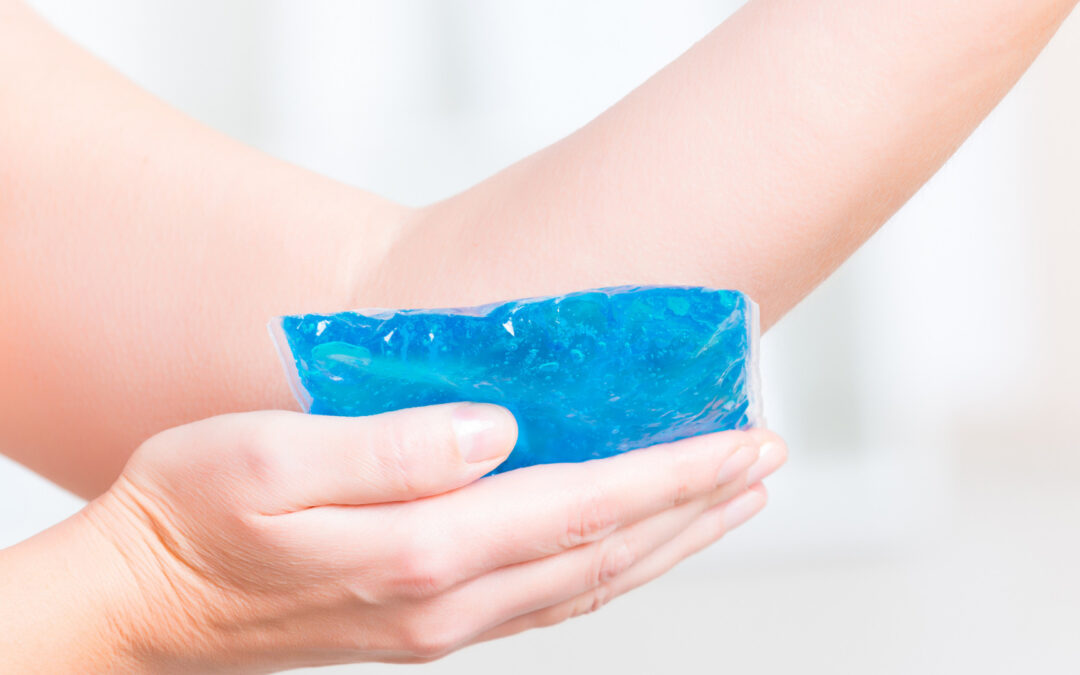Have you ever had an injury and applied heat and ice on and off to help relieve the pain? Well, there’s a good reason for that! Superficial heat and cold are probably the most commonly applied therapeutic modalities.
When ice is applied, the temperature of the skin and deeper tissue decreases; however, the application of heat increases the temperature only in the superficial tissue. When heat or cold is applied directly to the skin, the amount of temperature change depends primarily on the difference in temperature between the two surfaces and how long those surfaces are in contact. Let’s talk more about superficial and deep heat!
Superficial and Deep Heat
Increases metabolic activity, increases tissue elasticity and viscosity and increases local blood flow.
Used to relieve pain and muscle spasm prior to therapeutic exercise.
A good way to use superficial heating is in a whirlpool which may permit active range-of-motion exercises which help to decrease swelling and stiffness.
While superficial heat is a great way to decrease pain and stiffness, it must be used with caution when in contact with skin. Always remember to add extra insulation with a towel to prevent burning if you are laying on a hot pack; this is the most common form of superficial heat with a treatment time of 10-15 minutes. Heat is not recommended for individuals who have diminished sensation, poor circulation, have coronary heart disease, or are medically unstable. Let’s move on to cold therapy!
Cold Therapy
Decreases metabolic activity and oxygen demands of the cells while constricting the blood vessels and decreasing localized blood flow.
Used to decrease pain and muscle spasm and decrease localized swelling of a joint.
Just like superficial heat, cold therapy is a great way to decrease pain. Always use cold therapy with caution if you have poor local circulation of the limb, have diminished sensation of the skin, or have a slow-healing wound present. Cold therapy is discouraged in individuals who have Raynaud’s Syndrome or are allergic to cold exposure.
There are several ways to accomplish therapeutic cooling, but the simplest method is application of an ice pack. If you are ever unsure about whether to use heat or ice on an injury, always choose ice! Applying heat to an extremity that is swollen can increase swelling, while ice will aid in bringing down the swelling. It is always encouraged to consult your physical therapist when trying to treat an injury at home.

